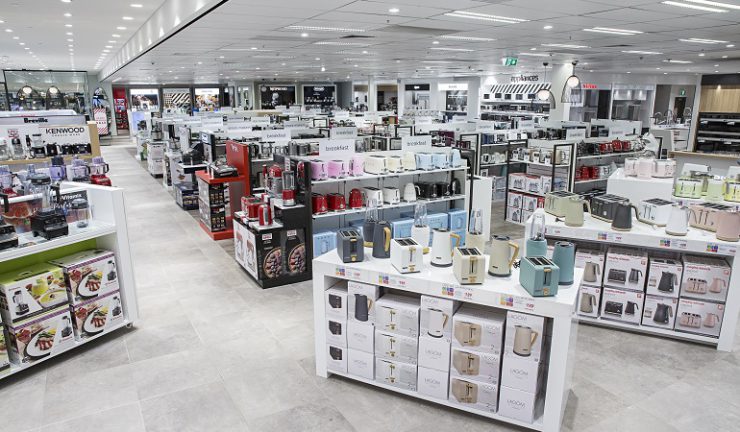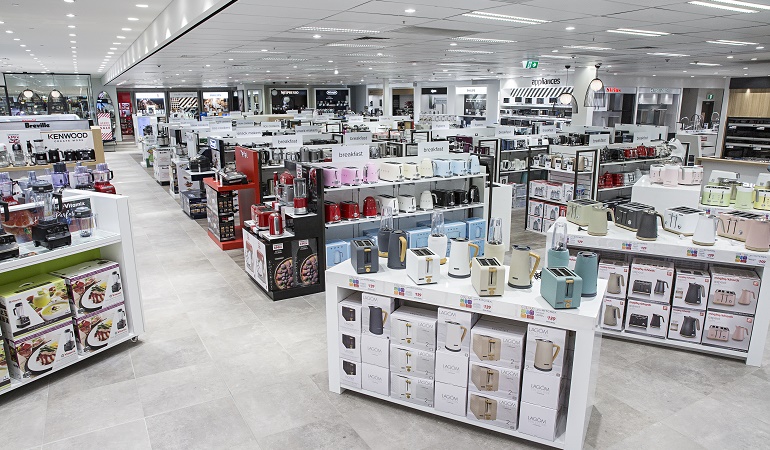According to latest findings.
GfK has predicted 2.5% value growth for the global technical consumer goods market in 2020 with an expectation for small domestic appliances to grow 8% and major domestic appliances by 2%, while the telecoms category is set to rise 3%. IT products, office products and consumer electronics are forecasted to remain stable and relatively unchanged from 2019. Consumer spending is estimated to reach 1.05 trillion Euro globally.
The regional mix of sales remains almost unchanged from 2019 with Asia Pacific accounting for the majority of sales turnover (43%) and every fourth Euro spent in Europe.
The telecom sector will account for more than 43% of total consumer spend of last year, generating 454 billion Euro, while MDA has estimated sales of 187 billion Euro. The IT and Office sectors are forecasted to attract over 15% of consumer spend globally, followed by CE, which is expected to generate over 146 billion Euro of sales, or 14% share. But according to GfK, the category to watch is SDA which continues to attract more of the consumer budget. It is expected to grow its share in 2020 again, reaching over 9% share with sales of 97 billion Euro.

The overall consumer goods market continues to be driven by performance and innovation, often accompanied by premium design, that enhance the consumer experience. This can be seen through growing demand for OLED TVs which have experienced 19% value growth, gaming notebooks with 15% value growth and cordless handstick vacuum cleaners with 23% value growth.
GfK’s Consumer Life 2019 survey also found that almost half of consumers are willing to spend more on products that make their life easier. This is reflected in the double digit value growth of smartwatches (48%), washer dryer combos (29%), robotic vacuum cleaners (18%).
GfK expert on technical consumer goods, Pavlin Lazaro said innovation, performance and premiumisation will continue to be the key trends boosting demand for the overall technical consumer goods market.
“With convenience, health and well-being winning consumer attention and spend, strong demand for SDA will continue, driven by both emerging and developed markets. At the same time, consumers are becoming increasingly digital and concerned about sustainability and how governments, manufacturers, retailers and consumers can be more environmentally friendly in the tech and durable space.”

